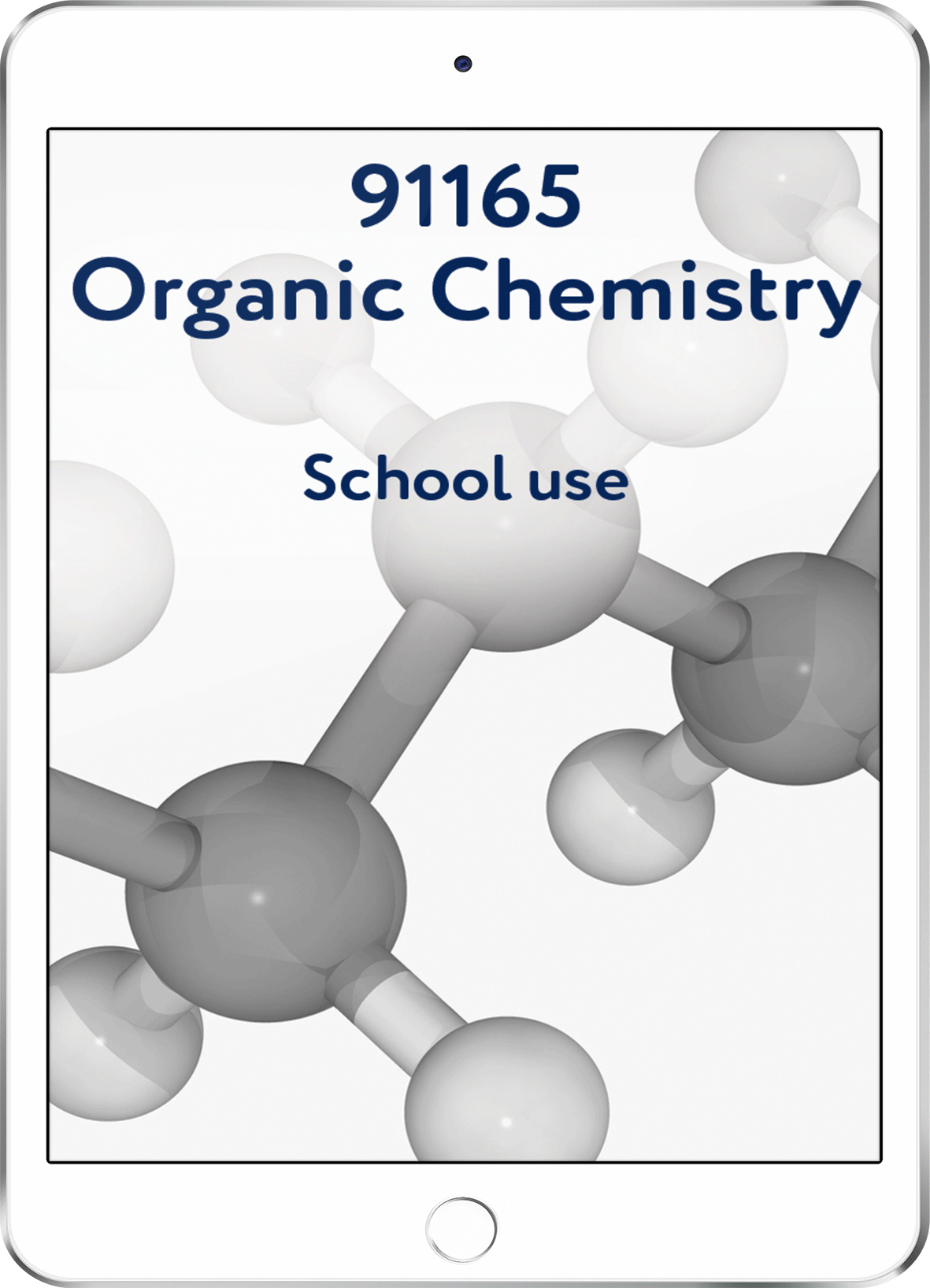91165 Organic Chemistry - School Use
91165 Organic Chemistry - School Use
LearnWell Digital
This version of the resource is for school use. Teachers can facilitate, and load students from their class. If you are not using this resource in class, you should purchase the home use version.
Couldn't load pickup availability
This resource covers the things you need to know and be able to do for the NCEA Level 2 Achievement Standard 91165 (Chemistry 2.5) Demonstrate understanding of the properties of selected organic compounds.
What you'll learn
In this resource you'll find answers to questions like:
- How do we recognise alkanes and haloalkanes?
- How do we name or draw structural formulae of straight or branch-chain hydrocarbons?
- What are the reactions of alkanes and hydrocarbons?
- What are the reactions of alkenes and alkynes and how do we recognise them?
- How do we name and draw the structural formulae of alcohols?
- How do we classify alcohols as primary, secondary or tertiary?
- What are the reactions of alcohols and how do we describe them?
- How do we describe the reactions of carboxylic acids and amines?
- How do we name and draw the structural formulae of carboxylic acids and amines?
LearnWell Digital resources bring you the same great learning as in our books - but in an interactive digital format. They are accessed by using the iQualify online learning platform, where you'll find all your digital resources together in one place.
You can find out more on the information page about our LearnWell Digital resources.

